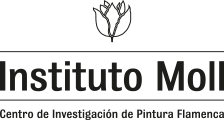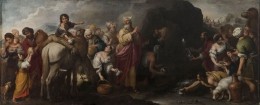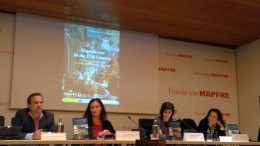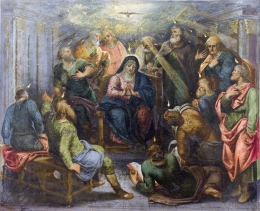 Download images
Download images
The download of this image is authorized only for personal or private use. It cannot be made available to commercial organizations/publishers or for commercial use
HIGH RESOLUTIONIf you wish to request high-resolution images destined to be used only for academic and educational purposes (without authorization to make them available to organizations or commercial publishers or for commercial use), please send your request to the following email: info@institutomoll.es
Instituto Moll, Centro de Investigación de Pintura Flamenca provides all the images from the Epiarte Collection’s photographic archive at high-resolution and better quality for commercial, editorial and audiovisual uses. Should you be interested in requesting permission for image reproduction rights for said purposes, please send your request to Epiarte, SL to the email address: info@institutomoll.es




